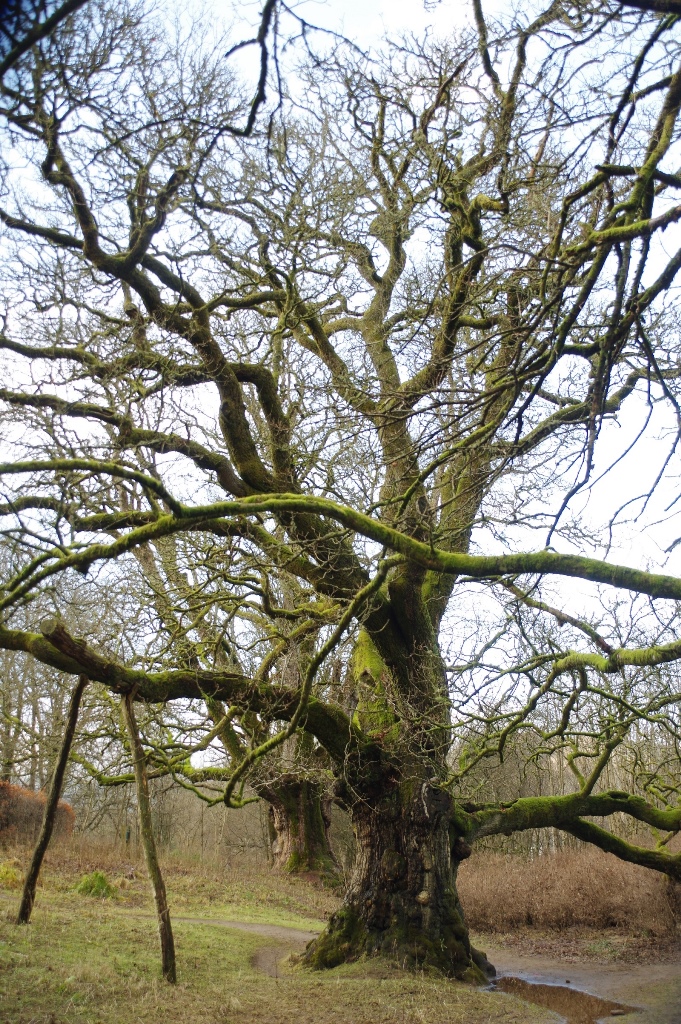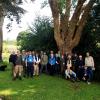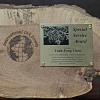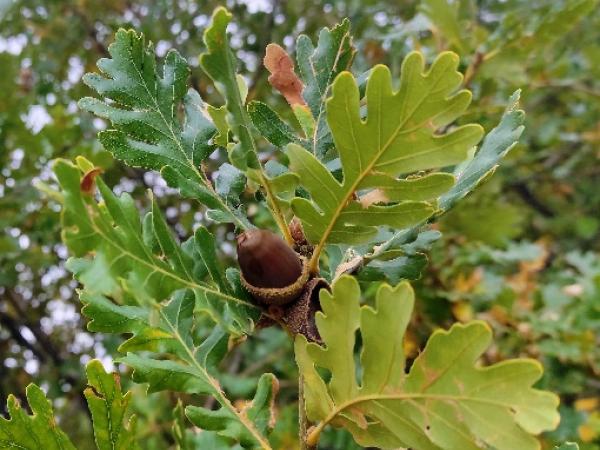Editor's Picks
Plant Focus
If one heads north from Perth, Scotland, towards Inverness on the A9, one reaches the edge of the Highlands at the little town of Dunkeld, where in former and hardier times breeches would have given way to the kilt. To "tree people" the town’s name is perhaps better known in relation to conifers: the "Dunkeld Larch", Larix ×eurolepis (which should apparently now be mellifluously referred to as L. ×marschlinsii) was first raised from the seeds from ten mother Japanese Larch (L. kaempferi) which had been fertilised by adjacent European Larch (L. decidua) on the estate of the Dukes of Atholl. The Dukes’ mansion is now a Hilton hotel: the grounds, although often severely infested with kilted wedding guests, still contain many large trees.

But enough of conifers! Across the River Tay from Dunkeld (the Tay being one of Scotland’s renowned salmon rivers, and it produced Britain’s record salmon back in 1922), within easy walking distance, are two oaks with connections to the arts. The older and larger of the two is the Birnam Oak: a Quercus petraea with a girth of 7 meters and a height of 27 meters, it is supposedly the last survivor of the legendary Birnam Wood of Shakespeare’s "Scottish Play" (oh all right, break a leg!: Macbeth), from which Malcolm’s soldiers took branches to camouflage themselves. For a fuller rendering of the Macbeth story and more photographs, see here.

Macbeth V,5
The hollow tree has been recently worked on by specialists, so perhaps the main threat to its continued existence in this era of extraordinary weather events is that it grows on land close to the river which is marginally below the water level, the river being contained by low levees. Local tourist literature writes of another ‘oak’ nearby, the ‘Young Pretender’. Although a magnificent tree with a girth of 8 meters, the Young Pretender is in reality an Acer pseudoplatanus (sycamore to the British, but not to Americans).

The second oak’s claim to fame would seem to be more parochial, but it nevertheless managed to reach the ‘top ten’ shortlist for European Tree of the Year in 2014. It was supposedly under ‘Neil Gow’s Oak’ that the eponymous fiddler used to sit and play reels, listened to avidly from the other side of the river by his patron the 4th Duke of Atholl . The tree is not obviously labelled, but next to it is a quirky crinkle-crankle bench carved with the verse ‘Sit beneath the fiddle tree with the ghost of Neil Gow next to me’. Neil Gow’s ghost is 209 years old this year (2016).

Should you find yourself in that part of Scotland, why not take some gentle exercise and visit these two interesting oaks? You might even catch the echo of a reel or two from Neil Gow’s ghost….
All photos © Shaun Haddock















